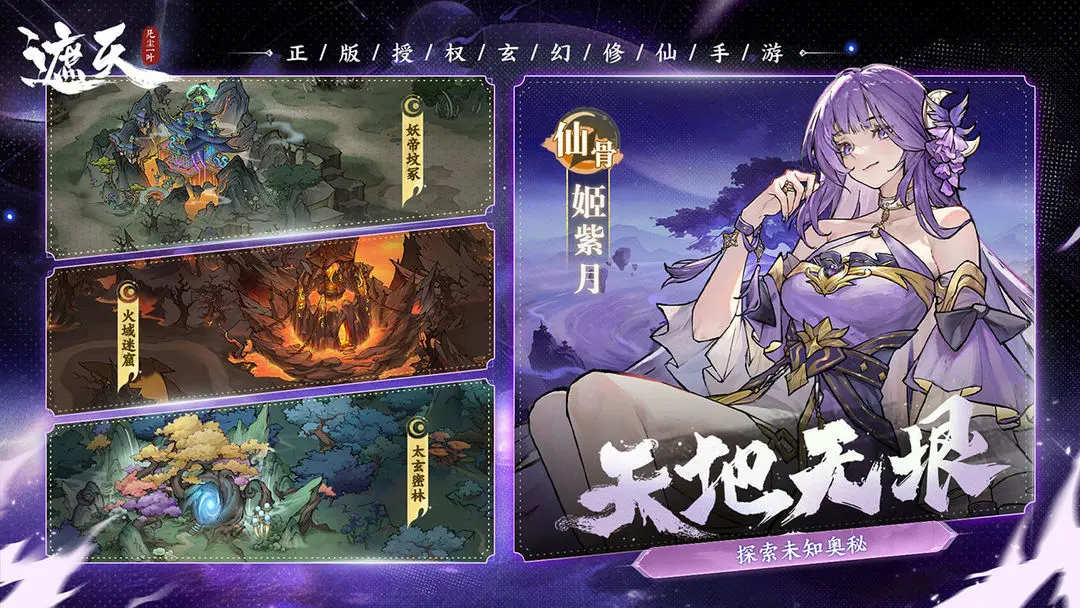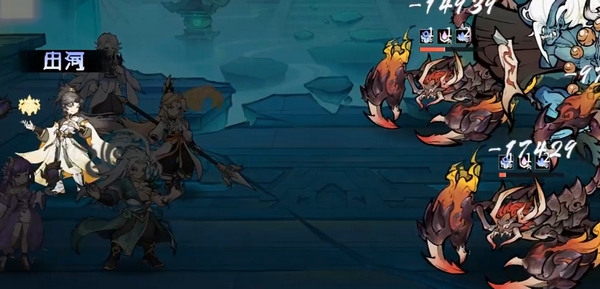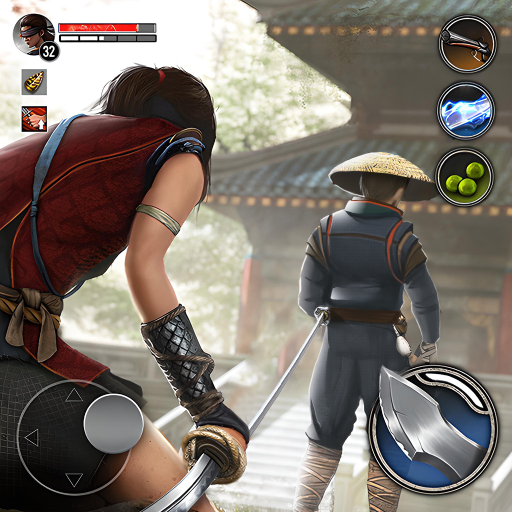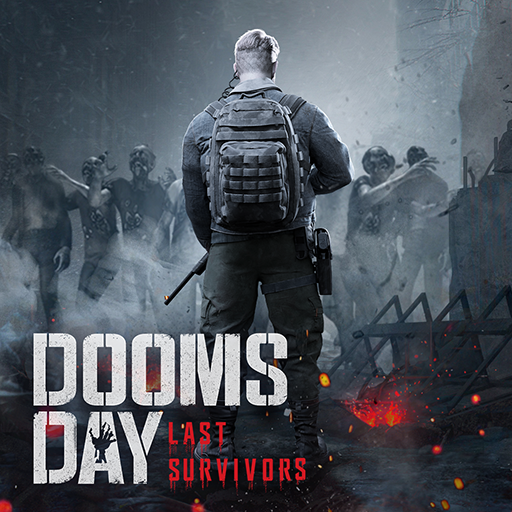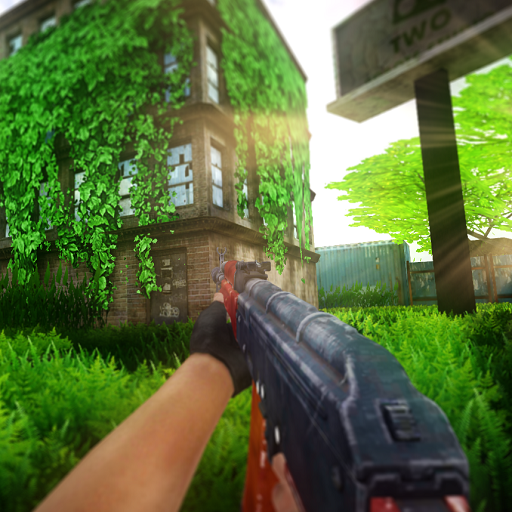In the era of great voyages, the trading missions allow players to not only accumulate wealth but also experience the fun of business competition. Today, I will bring you a guide to the trading missions in the era of great voyages. This process is like a contest of wisdom and endurance; you need to make the wisest business decisions with keen insight and precise judgment on this ever-changing economic sea. If you are a merchant who likes to challenge yourself, then the following trading guide is tailor-made for you.

Firstly, merchants always hope to achieve the maximum profit within a limited time. To achieve this, the choice of trading routes is crucial. Short-distance trading is the best choice for beginners, as it does not require long voyages and higher risks like long-distance trading. The key to short-distance trading is finding suitable goods for efficient transactions through precise market research. When choosing goods, try to select those that are in high demand or of superior quality, ensuring higher profits when sold. Of course, it's essential to know the prices of goods at each port to avoid losing your earnings due to price fluctuations.

As you gradually accumulate enough funds and experience, you can try more challenging long-distance trading. The biggest feature of long-distance trading is its substantial profits, but the voyage will be longer, and the risk is relatively higher. For example, the three ports of South African gold and diamonds are currently one of the most promising locations for long-distance trading in the era of great voyages. To trade smoothly, you first need to unlock the gold and diamond goods, which can be done by investing in places like Abidjan or Lion Mountain. Then, use the third-level purchase book to buy these goods, and return to the Mediterranean area to sell them at high prices. Each such trading trip can yield profits exceeding 3 million, although it takes a long time, the returns are quite significant.
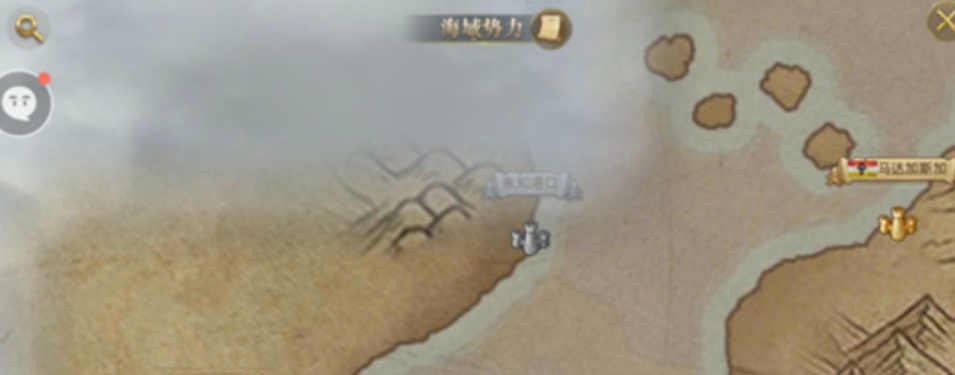
Of course, the key to trading also lies in the choice of routes. In the game, trading routes can generally be divided into two types: following trends and trading specialties. Following trend routes is a relatively simple choice; you just need to see which regions' goods have become trendy at a certain period, and where there is a meteor symbol, you can buy the goods and then transport them to ports with high demand for sale. In comparison, trading specialty routes offer more variety, allowing you to plan your trading lines based on the specialties of various ports. For example, purchasing gold and diamonds from Saint Joe Mountain or Lion Mountain and then selling them in Northern Europe, or importing purple shells from Tunisia and trading them in Italy. Every specialty route has the potential to make you rich.
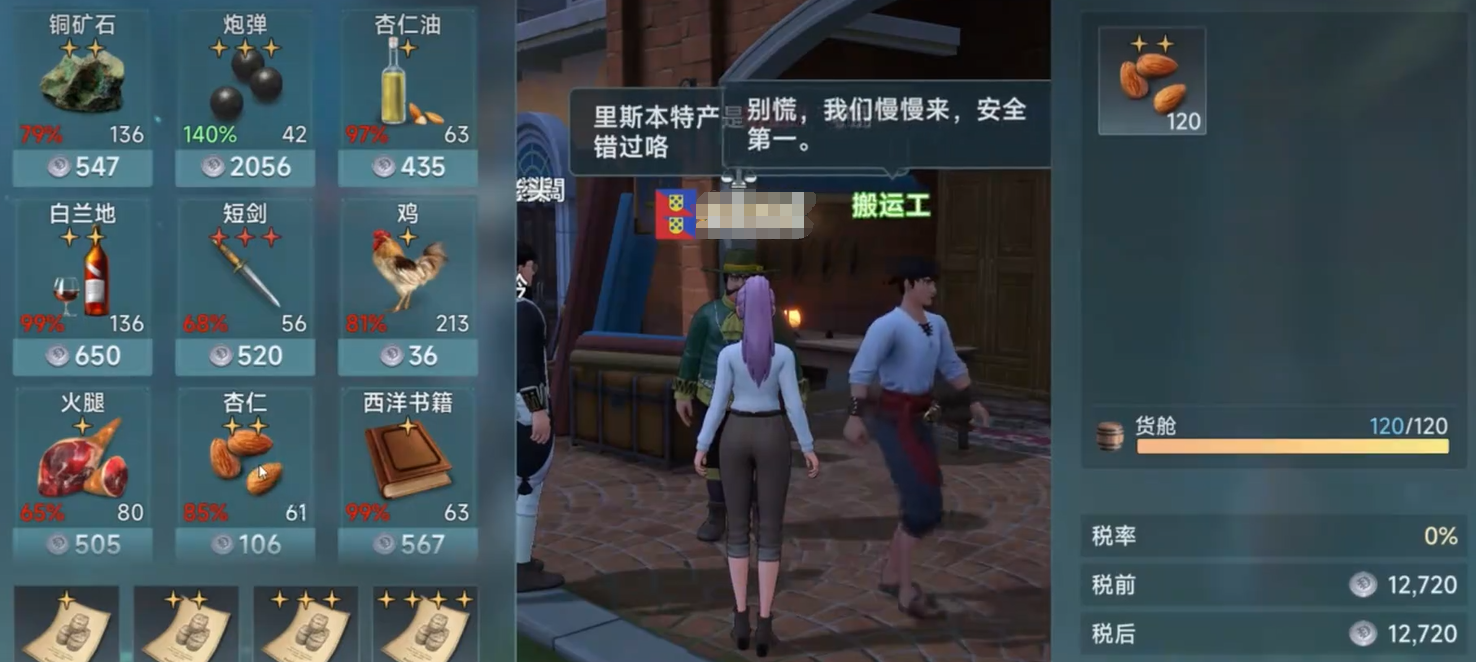
The trading mission not only tests your business acumen but also challenges your time management skills. During the voyage, mastering the timing of the ship's departure, obtaining the latest commodity information in a timely manner, and reasonably arranging the itinerary all have a significant impact on the final earnings. Every successful trading trip means a deeper understanding of the market economy and more say and wealth accumulation in the world of the era of great voyages.
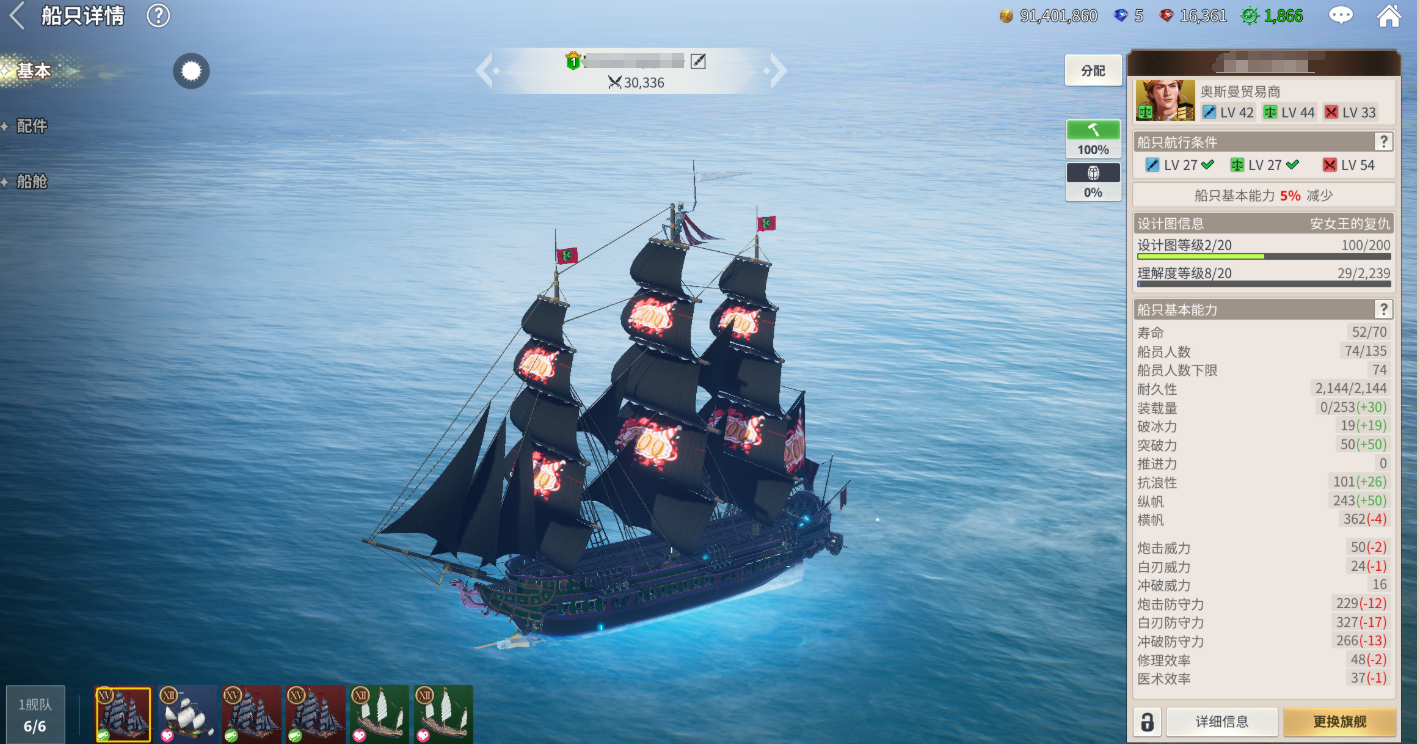
This concludes the guide to the trading missions in the era of great voyages. Trading is both a job for earning wealth and an exciting adventure. Whether you choose a fast-paced short-distance route or a long-distance, high-profit trading challenge, you can continuously improve your business wisdom through constant attempts. Mastering the right trading techniques, wealth and glory will no longer be out of reach.
